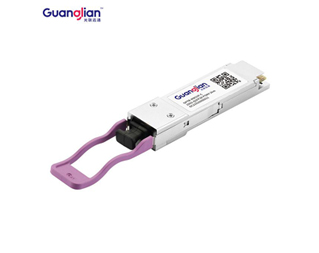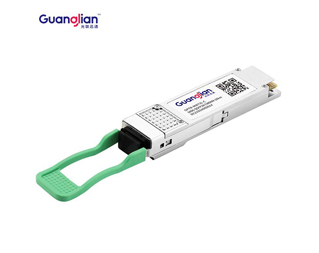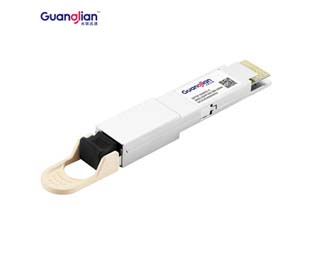Just as we have rules for driving traffic, different rules of the road are needed to transmit our light traffic. These are called protocols. Below, we describe each of the three key protocols for storage, data and voice.
Fibre Channel or FC: A high-speed network technology used primarily to connect computer data storage to servers. Fibre Channel is primarily used for storage area networks in enterprise storage. FC networks are called fabric because they operate in concert as one large switch. Fibre Channel typically runs on fibre optic cables within data centres (data centre connectivity) and between data centres (data centre interconnection).
Ethernet: A network technology used primarily to connect multiple computer systems to form a local area network, with protocols to control the transfer of information and to avoid simultaneous transmission from two or more systems.
Synchronous optical network (SONET) and synchronous digital system (SDH): SDH is a standard technology for synchronous data transmission over optical media. It is the international equivalent of SONET used in the USA and Canada. Both technologies offer faster and cheaper network interconnection than traditional quasi-synchronous digital system (PDH) equipment.
100GBASE-QSFP28-CWDM4-10km Optical Transceiver Module
The form factor specifies the physical size of the transceiver - its shape and dimensions. The size depends on the speed and protocol, and it tends to get larger over time as the line speed increases. Typically, manufacturers design according to a multi-source agreement (MSA). This is a standard used to ensure that transceivers of the same form factor from different suppliers are compatible in terms of size and functionality, thus ensuring interoperability.
Depending on the type of data to be transmitted, the speed and the distance, different transceivers can be used for different tasks. Transceivers fall into three main categories.
Grey (standard). The standard transceiver often referred to as a grey transceiver, is a single-channel device. As xWDM signals are coloured wavelength channels, any signal that is not xWDM is usually referred to as a colourless or grey signal.
Grey transceivers typically have two main applications. Firstly, they can be connected directly to a single Fibre Channel or Ethernet data switch to transmit data in the form of light over dark fibre. Secondly, they can act as an optical interface to the client of a transponder-based xWDM system (more on transponders in our next issue).
100GBASE-QSFP28-ER4-40km Optical Transceiver Module
There are four standard transceiver types, each with its own transmission distance.
SR - short range, 850nm
LR - Long Range, 1310nm
ER - Extended Range, 1550nm
ZR - Extended Range further, 1550nm
Single fibre (bidirectional). Bidirectional transceivers use two separate wavelength channels, one for transmission over a single fibre and one for receiving traffic. Just as our undivided highway has one channel travelling in one direction and the other in the opposite direction, this is how a bi-directional transceiver works. Typically 1310nm and 1550nm channels are used, but for longer distances, two CWDM channels are used, typically 1510nm and 1570nm.
Collectively known as xWDM transceivers, they are different wavelength modes - coarse and dense - in a wavelength division multiplexing (WDM) system. Like the grey transceivers, they have two basic applications.
Firstly, they can be connected directly to a data switch and transmit xWDM wavelengths over dark fibre. Typically, LC jumpers connect the transceivers to a multiplexer so that other xWDM channels can also be sent simultaneously over the dark fibre network. Secondly, they act as the output (or line) signal from a transponder-based xWDM system.
If you want to get more information about the best optical transceiver module, welcome to contact us today or request a quote.
100G CFP vs QSFP28: Which One to Choose?
Jun. 11, 2022What Makes the Best Optical Transceiver Module?
May. 27, 2022200G QSFP56 Optical Module Knowledge Full Explanation
Apr. 25, 2022
100G CFP vs QSFP28: Which One to Choose?
Jun. 11, 2022
What Makes the Best Optical Transceiver Module?
May. 27, 2022Copyright ©Guanglian Xuntong Technology Group Co., Ltd. All Rights Reserved | Sitemap
